About .enc virus
.enc virus is the file extension for the TorrentLocker ransomware. It’s also known as Crypt0L0cker. Users infect their computers with .enc virus when they open spam emails with infected attachments. Once they do, there is no stopping .enc virus from encrypting your files. The reason ransomware is so dangerous is because it encrypts your files and then demands that you pay a ransom. Sadly, in most cases, the hackers will take your money and not give you anything in return. That is why it’s important to know how to avoid getting infected. Sadly, unless you have backup, there is no other way to restore your files. Remove .enc virus and you can then get your files from backup.
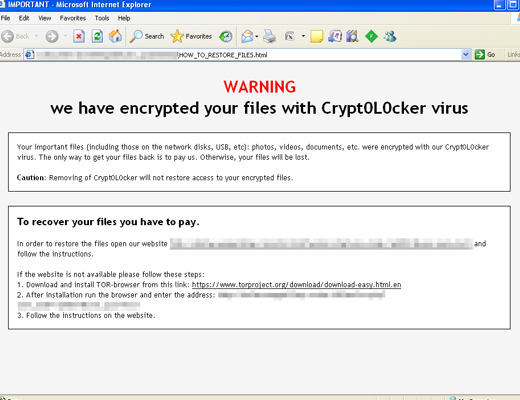
Why is .enc virus so dangerous?
You can get infected via spam emails and it’s very easy. All you need to do is open an infected email attachment and the ransomware will encrypt your files in minutes. You might wonder why users open such emails but they look very legitimate so it’s not surprising people fall for these tricks. The sender could claim to be from a company or government organization and pressure you into opening the file attached to the email. If you do not know the signs, you carelessly open the attachment. Grammatical mistakes are the first sign. The sender strongly encouraging you to open the file attachment is another red flag. If you’re even the slightest bit suspicious, it’s best you do not open the email.
When it downloads onto your computer, it uses complex algorithms to encrypt your files. It will also add the .enc file extension so you know which files have been affected. You will then find a ransom note with instructions on how to restore the files. Unfortunately, the hackers will not help you out of the goodness of their hearts. You will have pay for the decryption key. They demand that you pay 2.2 Bitcoins (around $1560). They ask you to use the Bitcoin system to pay as that will prevent anyone from tracking them. That is a lot of money and paying is kind of a gamble. You can’t know if the hackers will actually send you the decryption key. We suggest you ignore the demands and focus on .enc virus removal.
.enc virus removal
If you do not have anti-malware software on your computer, we suggest you obtain it. Unless you’re a computer specialist, manually trying to delete .enc virus could damage your computer severely. That is why you should use anti-malware software to delete .enc virus. Instructions on how to remove .enc virus will be provided below.
Offers
Download Removal Toolto scan for .enc virusUse our recommended removal tool to scan for .enc virus. Trial version of provides detection of computer threats like .enc virus and assists in its removal for FREE. You can delete detected registry entries, files and processes yourself or purchase a full version.
More information about SpyWarrior and Uninstall Instructions. Please review SpyWarrior EULA and Privacy Policy. SpyWarrior scanner is free. If it detects a malware, purchase its full version to remove it.

WiperSoft Review Details WiperSoft (www.wipersoft.com) is a security tool that provides real-time security from potential threats. Nowadays, many users tend to download free software from the Intern ...
Download|more


Is MacKeeper a virus? MacKeeper is not a virus, nor is it a scam. While there are various opinions about the program on the Internet, a lot of the people who so notoriously hate the program have neve ...
Download|more


While the creators of MalwareBytes anti-malware have not been in this business for long time, they make up for it with their enthusiastic approach. Statistic from such websites like CNET shows that th ...
Download|more
Quick Menu
Step 1. Delete .enc virus using Safe Mode with Networking.
Remove .enc virus from Windows 7/Windows Vista/Windows XP
- Click on Start and select Shutdown.
- Choose Restart and click OK.

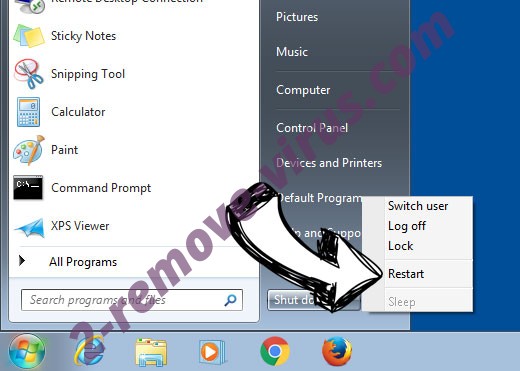
- Start tapping F8 when your PC starts loading.
- Under Advanced Boot Options, choose Safe Mode with Networking.

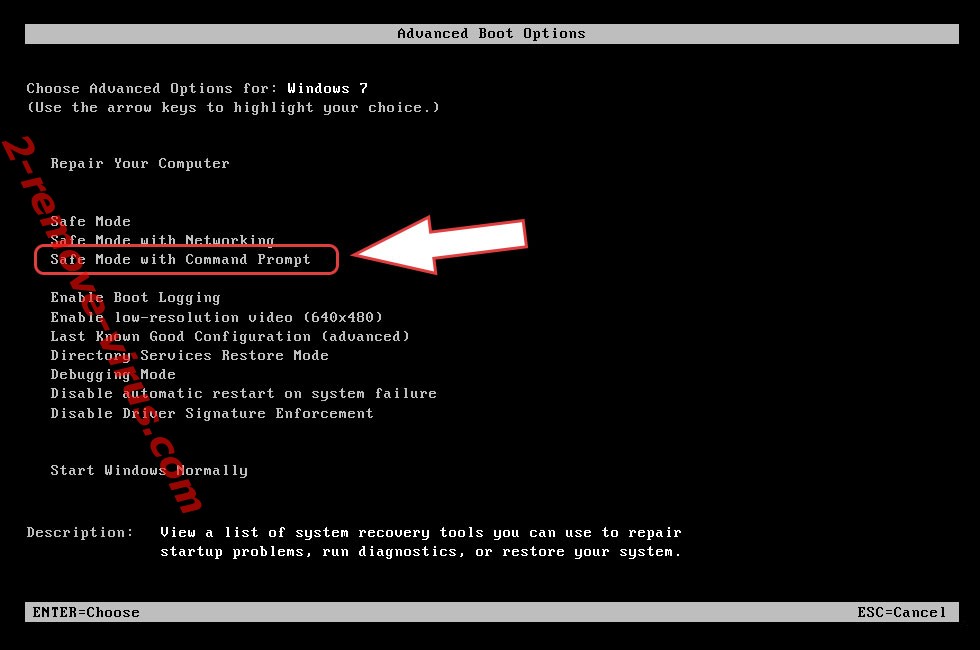
- Open your browser and download the anti-malware utility.
- Use the utility to remove .enc virus
Remove .enc virus from Windows 8/Windows 10
- On the Windows login screen, press the Power button.
- Tap and hold Shift and select Restart.

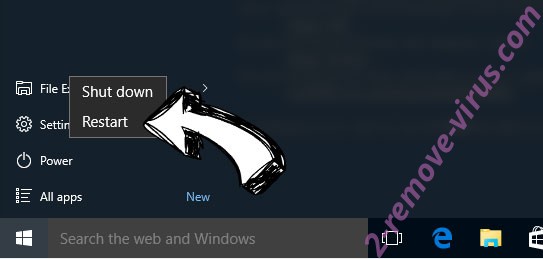
- Go to Troubleshoot → Advanced options → Start Settings.
- Choose Enable Safe Mode or Safe Mode with Networking under Startup Settings.

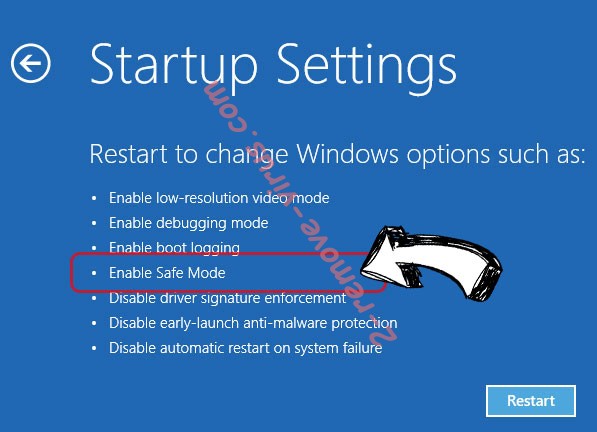
- Click Restart.
- Open your web browser and download the malware remover.
- Use the software to delete .enc virus
Step 2. Restore Your Files using System Restore
Delete .enc virus from Windows 7/Windows Vista/Windows XP
- Click Start and choose Shutdown.
- Select Restart and OK


- When your PC starts loading, press F8 repeatedly to open Advanced Boot Options
- Choose Command Prompt from the list.

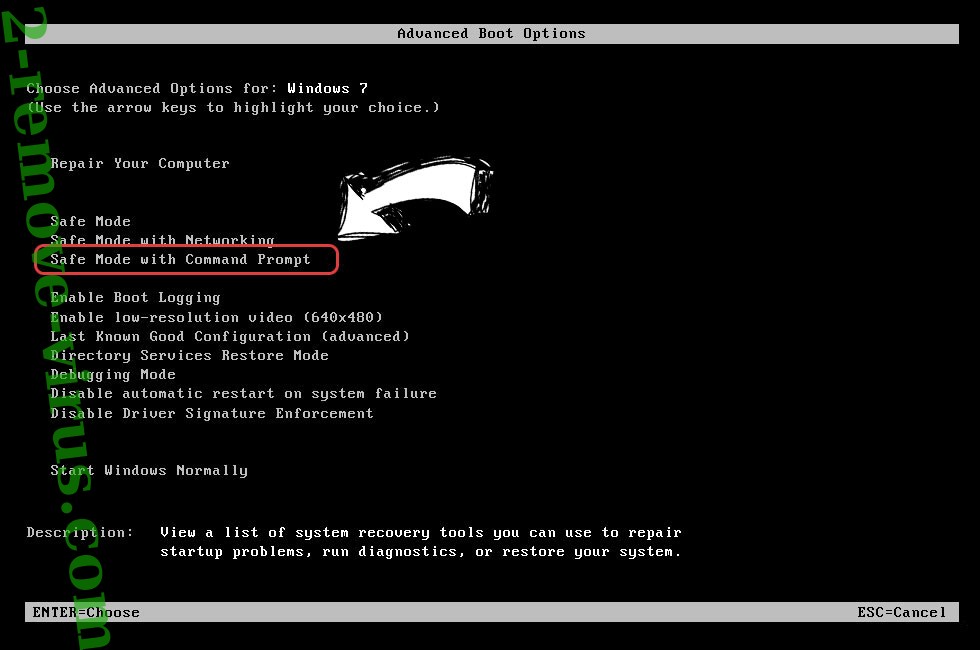
- Type in cd restore and tap Enter.

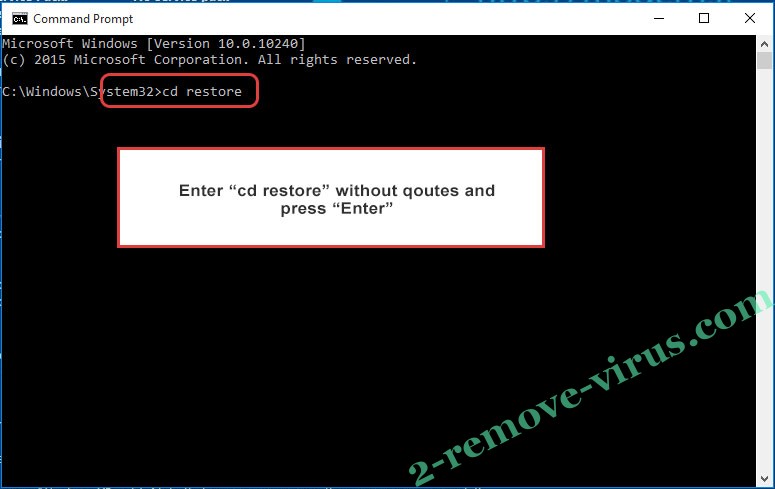
- Type in rstrui.exe and press Enter.

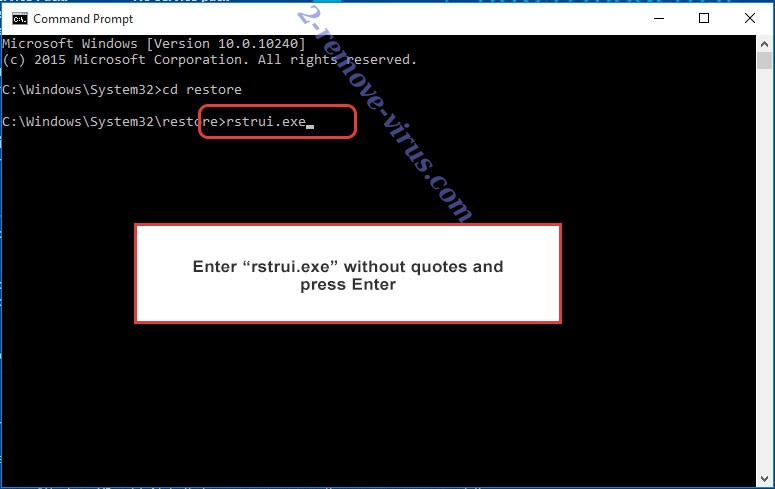
- Click Next in the new window and select the restore point prior to the infection.

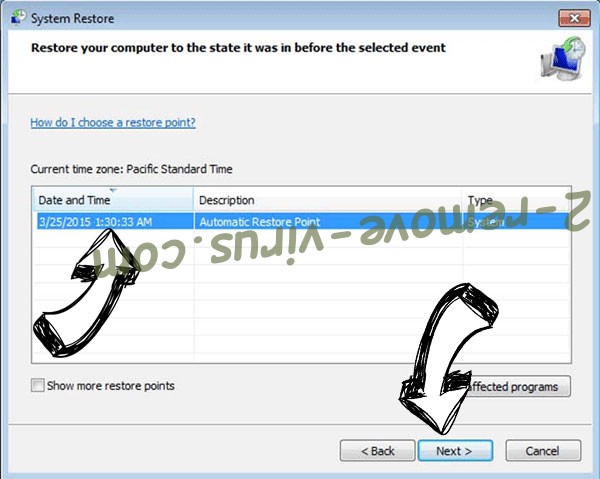
- Click Next again and click Yes to begin the system restore.

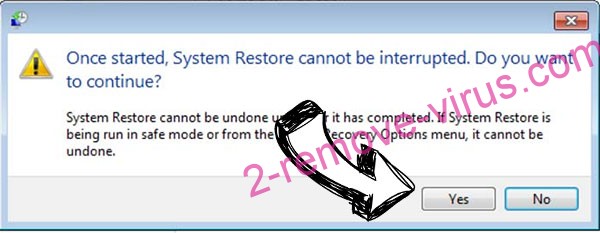
Delete .enc virus from Windows 8/Windows 10
- Click the Power button on the Windows login screen.
- Press and hold Shift and click Restart.


- Choose Troubleshoot and go to Advanced options.
- Select Command Prompt and click Restart.

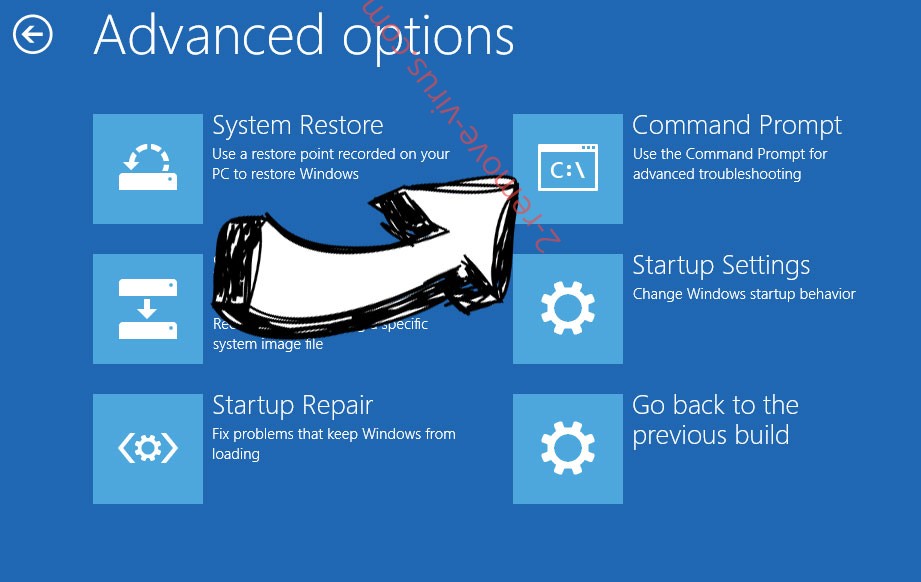
- In Command Prompt, input cd restore and tap Enter.


- Type in rstrui.exe and tap Enter again.


- Click Next in the new System Restore window.

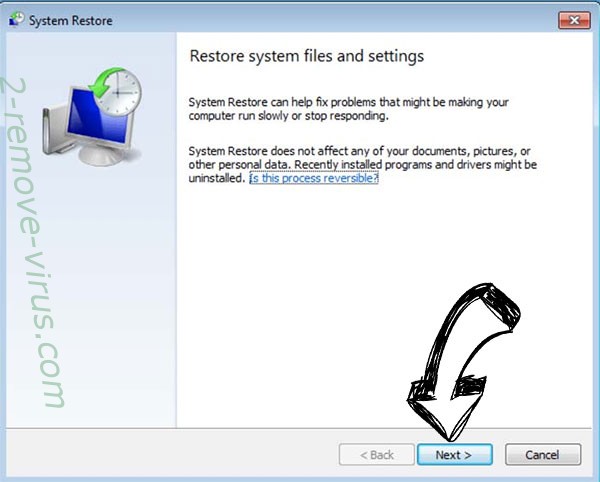
- Choose the restore point prior to the infection.


- Click Next and then click Yes to restore your system.


Site Disclaimer
2-remove-virus.com is not sponsored, owned, affiliated, or linked to malware developers or distributors that are referenced in this article. The article does not promote or endorse any type of malware. We aim at providing useful information that will help computer users to detect and eliminate the unwanted malicious programs from their computers. This can be done manually by following the instructions presented in the article or automatically by implementing the suggested anti-malware tools.
The article is only meant to be used for educational purposes. If you follow the instructions given in the article, you agree to be contracted by the disclaimer. We do not guarantee that the artcile will present you with a solution that removes the malign threats completely. Malware changes constantly, which is why, in some cases, it may be difficult to clean the computer fully by using only the manual removal instructions.
